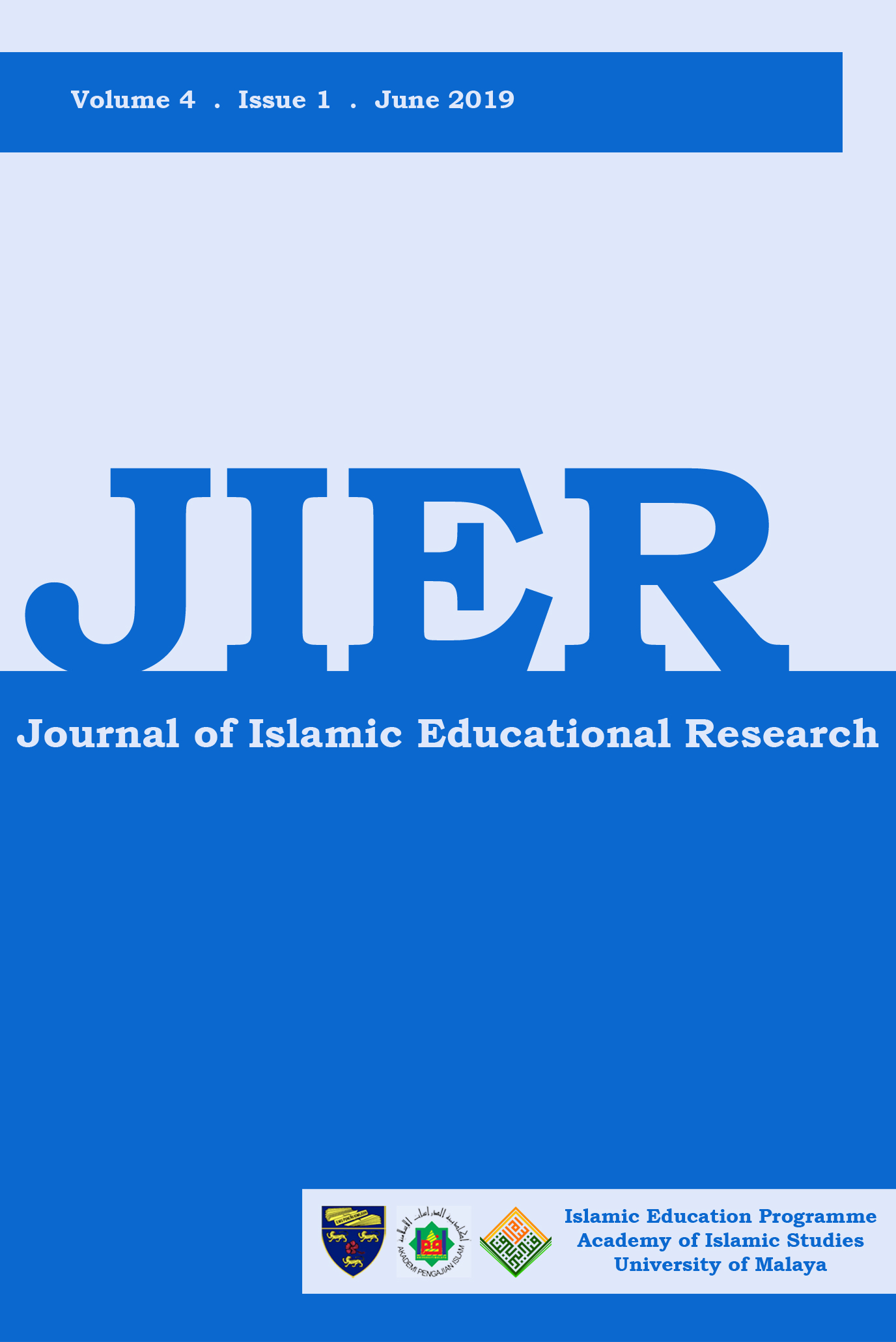مدى ممارسة مديري مدارس التعليم الأساسي لمهارات التخطيط الاستراتيجي في مدارس سلطنة عمان
The Degree of Principals' Practice of Strategic Planning Skills in the Schools of the Sultanate of Oman
DOI:
https://doi.org/10.22452/jier.vol4no1.5Keywords:
Principal, Practice, Islamic Education, Strategic Planning, SchoolAbstract
The present study aimed at identifying the degree of principals' practice of strategic planning skills in the governorates of Muscat, the interior and the phenomenon in the Sultanate of Oman, and identifying the differences between the estimates of the sample of the study sample to the degree of practicing strategic planning due to the variables of the study (gender), the descriptive analytical approach, where the researcher used the questionnaire as a tool to collect data from the examinees. The results of the study showed that the level of exercise of strategic planning skills as a whole from the perspective of principals of basic education schools Amman, NH (study sample) came in the medium term. The results of the study showed that there are no statistically significant differences in the degree of practicing strategic planning skills due to the variables of the study (gender, qualification, practical experience and educational conservancy). The study included a number of recommendations. Through training and qualification in this, field and continuous follow-up of the implementation process and provide continuous feedback to the most prominent strengths and development priorities that result from the evaluation calendar over.
Downloads
Downloads
Published
How to Cite
Issue
Section
License
The published manuscript shall be a copyright of the Islamic Education Programme, Academy of Islamic Studies, University of Malaya, Kuala Lumpur, Malaysia. The published manuscript would not represent the stand or opinion of the Advisory Board, Editorial Board, Co-Editorial Board and the Management Team of Journal of Islamic Educational Research (JIER), or the Islamic Education Programme, Academy of Islamic Studies, University of Malaya.
Note: This is an open access journal which means that all content is freely available without charge to the user or his/her institution. Users are allowed to read, download, copy, distribute, print, search, or link to the full texts of the articles in this journal without asking prior permission from the publisher or the author. This is in accordance with the BOAI definition of open access.


